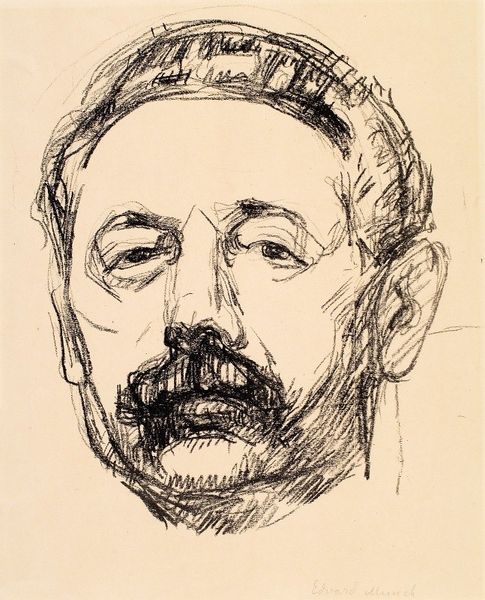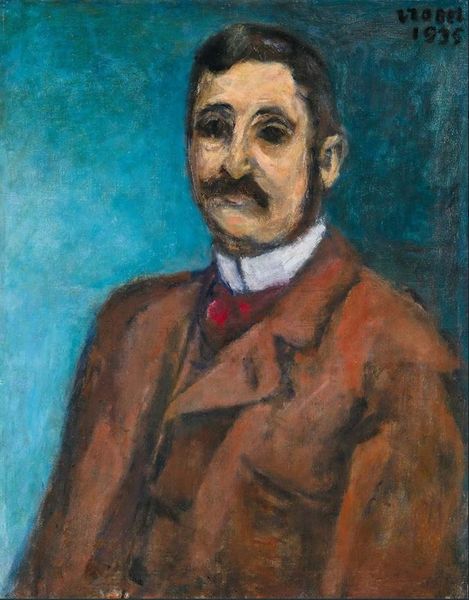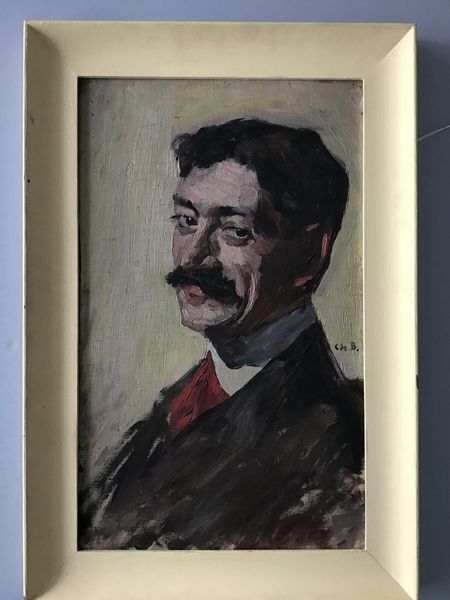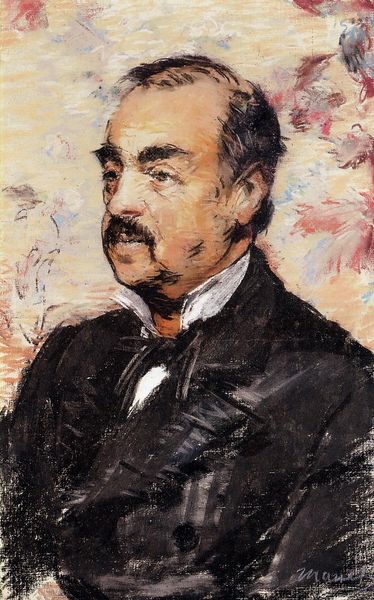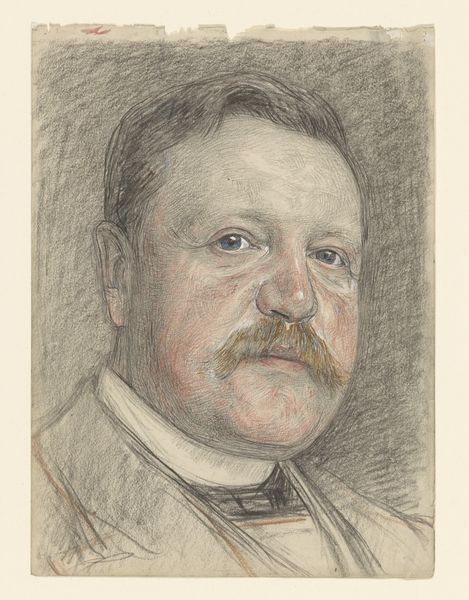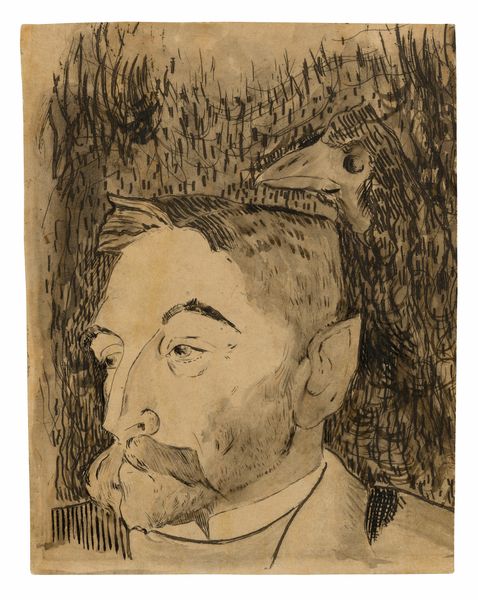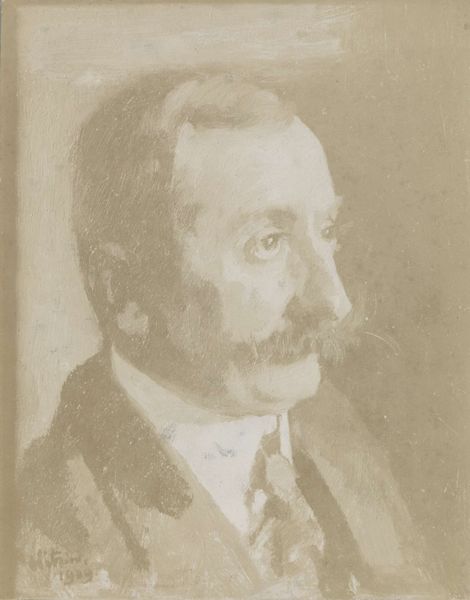
drawing, pencil, graphite
#
portrait
#
drawing
#
charcoal drawing
#
oil painting
#
pencil
#
graphite
#
realism
Copyright: Public Domain: Artvee
Editor: This is Magnus Enckell's "Portrait of Chamberlain Hjalmar Linder," from 1906, rendered in graphite, pencil, and charcoal. It's interesting how much contrast Enckell achieves using relatively simple materials. What draws your eye when you look at this work? Curator: It's the layering of materials that captures my attention. Look at how the varying pressures and techniques with graphite, pencil, and charcoal build form. Consider the labor involved in achieving this level of detail and realism. Enckell isn't just representing Linder; he's actively constructing him through the very act of drawing. It prompts a question: What did this meticulous, material-dependent process mean for Enckell, and for the societal perception of portraiture itself? Editor: I hadn't really considered the labor involved so consciously, but you’re right – each stroke is a deliberate act. Do you think the choice of humble materials influences how the portrait is viewed compared to, say, an oil painting? Curator: Absolutely. Oil paint carries connotations of wealth and permanence, traditionally linked to portraying the elite. The choice of graphite, charcoal, and pencil—materials more readily accessible—perhaps democratizes the process of portraiture, subtly questioning established hierarchies in art and society. Enckell almost levels the playing field by prioritizing skill and technique over inherently precious materials. Editor: So, it's not just about depicting Chamberlain Hjalmar Linder, but about making a statement through the art-making process? Curator: Precisely! It is about unpacking the materials and processes behind this seemingly straightforward portrait, the material production itself acts as an active participant in how we understand representation and social structures in early 20th-century Finland. Editor: That's fascinating! I will look at drawings in a whole new light from now on. Curator: That's the beauty of engaging with art in this way—materiality adds depth and allows you to decode how our values shape art-making itself.
Comments
No comments
Be the first to comment and join the conversation on the ultimate creative platform.

